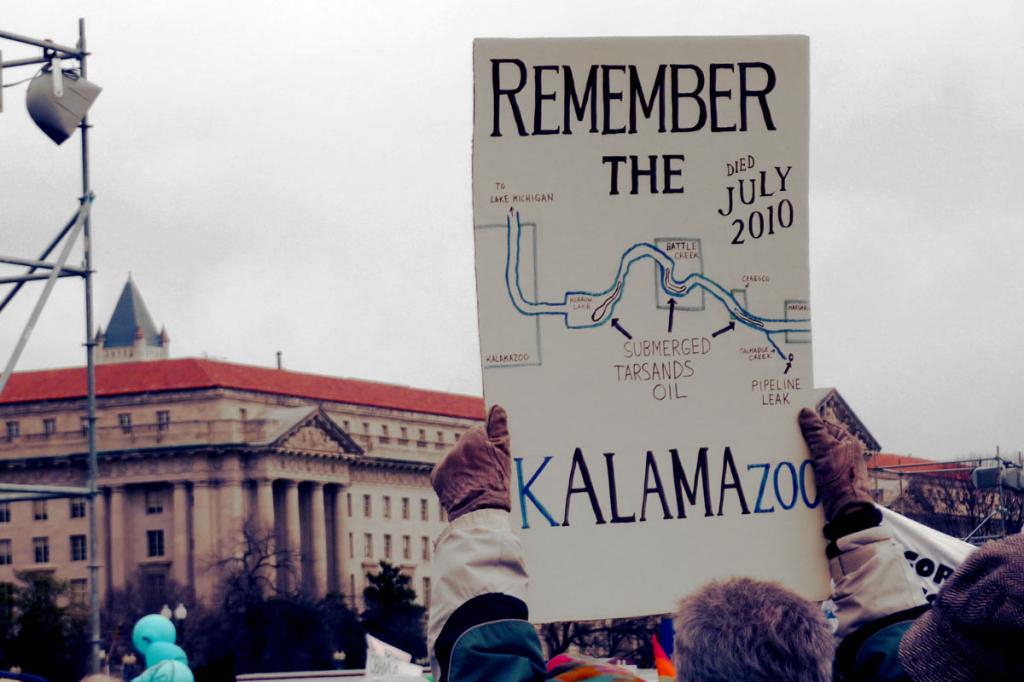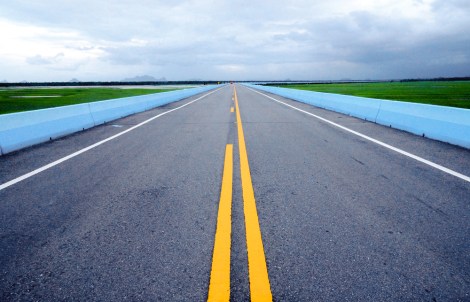After 60 years of car-worship, Americans in virtually every state are driving less, according to a new report from the U.S. Public Interest Research Group. Over the past eight years, the number of vehicle miles traveled has steadily decreased, a trend dominated by the so-called millennial generation’s much lower driving rates.
Total vehicle miles traveled peaked in 2007 after steadily rising for decades. Since then, however, driving per person has dropped in 46 states. Washington, D.C., residents drive the least, at an average of 5,774 miles each year, followed by Alaska, Hawaii, New York, Rhode Island, and Pennsylvania. Young people everywhere are driving far less than prior generations — while 97 percent of 19-year-olds had driver’s licenses in 1983, only 69 percent did in 2011. The average driving miles for people between the ages of 16 and 34 also dropped dramatically between 2001 and 2009.
Conventional wisdom links the decline in driving to economic slowdown, suggesting that Americans will start driving more once the recovery picks up. However, PIRG’s study found that a state’s unemployment rate had no impact on driving trends.
Interestingly, the decrease in driving does not seem to be the result of more people living in cities, either. Urban dwellers can more easily walk, bike, and take public transit to the places they need to go. Yet the states with the fastest increases in urban population did not always reduce their driving more, while driving also declined in the four states where rural populations grew.
Whatever the motivation behind the decline, it’s certainly a more sustainable trend than the driving boom of the prior 60 years. Automobiles are the largest net contributor to climate change pollution, according to NASA. Their emissions are also known to cause serious illnesses, such as heart disease, lung cancer, and bronchitis.
Meanwhile, public transit use has risen steadily over the past two years, but investment in public transportation has stagnated. As driving continues to decline, PIRG concludes, infrastructure funds may be shifted away from building new highways and more toward repairing decrepit roads and bridges and expanding investment in public transportation.




